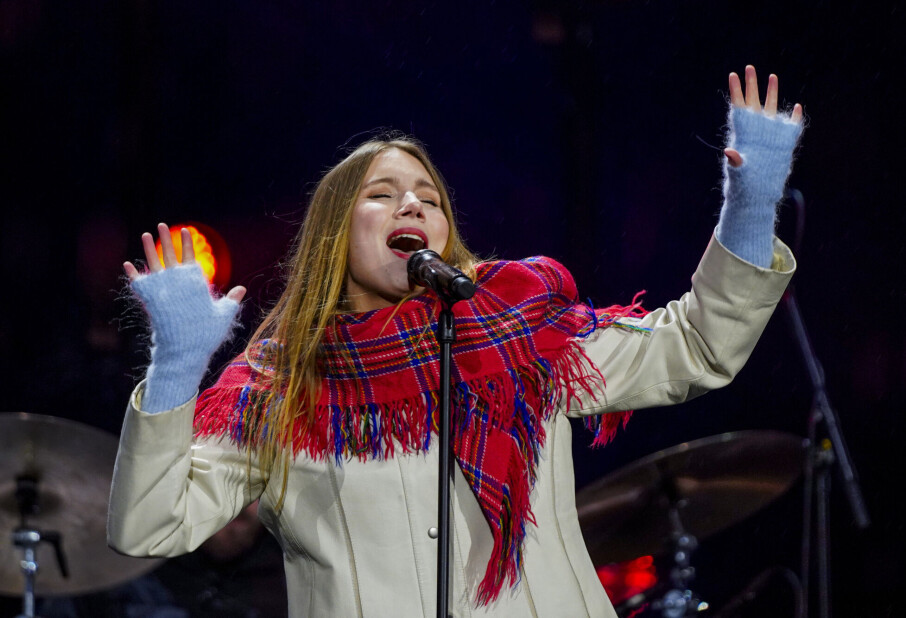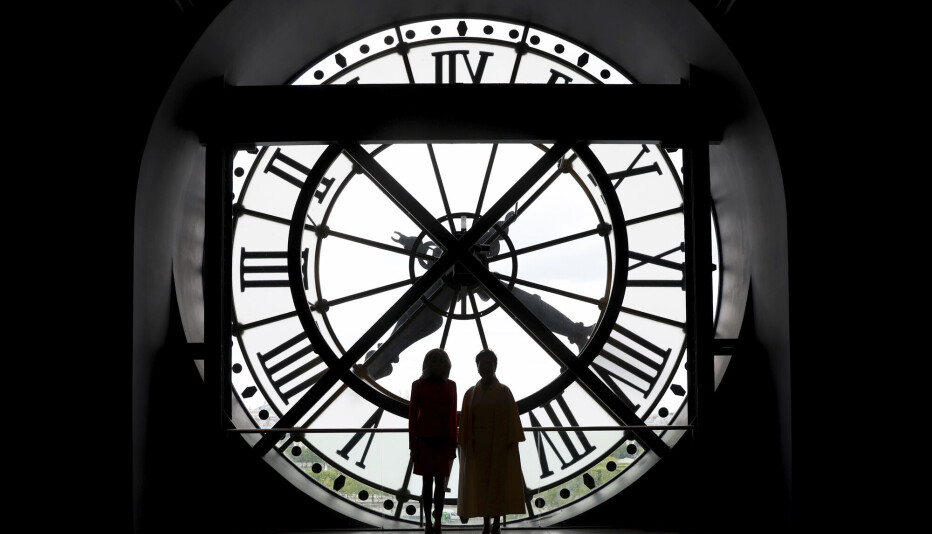
To get laid, high school students harass each other
Sexual harassment is really about sexual competition, researchers argue in a new study. They also believe that many sexually active students get more attention than they want.
Denne artikkelen er over ti år gammel og kan inneholde utdatert informasjon.
A study of 1199 Norwegian high school students shows that young men and women who reported having had several sex partners and one night stands, and who had a generally open attitude to short-term sexual relationships were more likely to have experienced sexual harassment. They were also more likely to have harassed others.
The findings were adjusted for pornography use, beliefs about coercive sex, sexist attitudes, and respondents’ socio-economic background.
People can tell how interested you are in sex
Leif Edward Ottesen Kennair at the Norwegian University of Science and Technology says that people unintentionally signal whether they are interested in sex just for the sake of physical pleasure, as opposed to being exclusively on the lookout for love and long-term commitment.
“Research suggests that it’s possible to assess how interested people are in sex just by watching the way they walk, looking at their faces, or by talking to them,” says Kennair. He compares this to how people are often able to assess whether someone is mostly introverted or extraverted.

“These signals are kind of a big advertisement billboard that helps people get what they want,” he says. “But although many people who are interested in sexual attention do get it, it can also be a bit too much and some of it will be experienced as sexual harassment.”
The idea is that sexual attention from someone attractive can be flattering at the right moment, while the same kind of attention can in other situations, from less attractive persons, be experienced as harassment.
Harassment is about sexual competition
Kennair and his colleague Mons Bendixen explain that their findings challenge the view of sexual harassment as a reflection of male dominance in society.
Instead, the evolutionary psychologists argue that sexual harassment is about sexual competition. The major driving force behind harassment is people’s interest in getting laid.

“If you’re in a social situation and signal your interest in uncommitted sex, harassing someone of your own gender might increase your chances as you present your availability and attitudes about sex,” says Bendixen.
The researchers also found that being harassed was substantially associated with harassing others.
Boys are also harassed
Studies of sexual harassment traditionally tend to focus on female victims harassed by men. Kennair and Bendixen’s study of high school students shows that women do indeed experience sexual harassment more often than men, but the gap is modest.
Thirty percent of the female students reported having experienced sexual harassment, while 27 percent of the male students reported the same.
Twenty-one percent of the male students said they had sexually harassed someone, while it was 12 percent for the female students.
They also found that same-sex harassment was prevalent:
“We found that girls harass girls and that boys harass boys,” says Kennair. “Sexual harassment through derogation of competitors is used to make one more attractive than others, to the opposite sex.”
Bendixen explains that the sexual harassment reported by students was mostly non-physical. Typical examples are name-calling, spreading of sexually derogatory rumours, or sending or posting pictures of a sexual character on the internet.
Female students have more sex partners and one-night stands
Research shows that there are great individual differences regarding how many sexual partners people want to have in their lifetime and whether they would be interested in uncommitted sex and one night stands.
The researchers found that 63.4 percent of the female students reported having at least one sex partner during the past year, while 47.7 percent of the male students reported the same. The range for both genders was from zero partners to as many as 30.
Female students also reported more one-night stands than the male students, at 45.9 percent vs. 40.8 percent.
The modal age of the sample was 17, an age at which women are on average more sexually active than men. The students came from nine different high schools in urban and rural Norway.
































